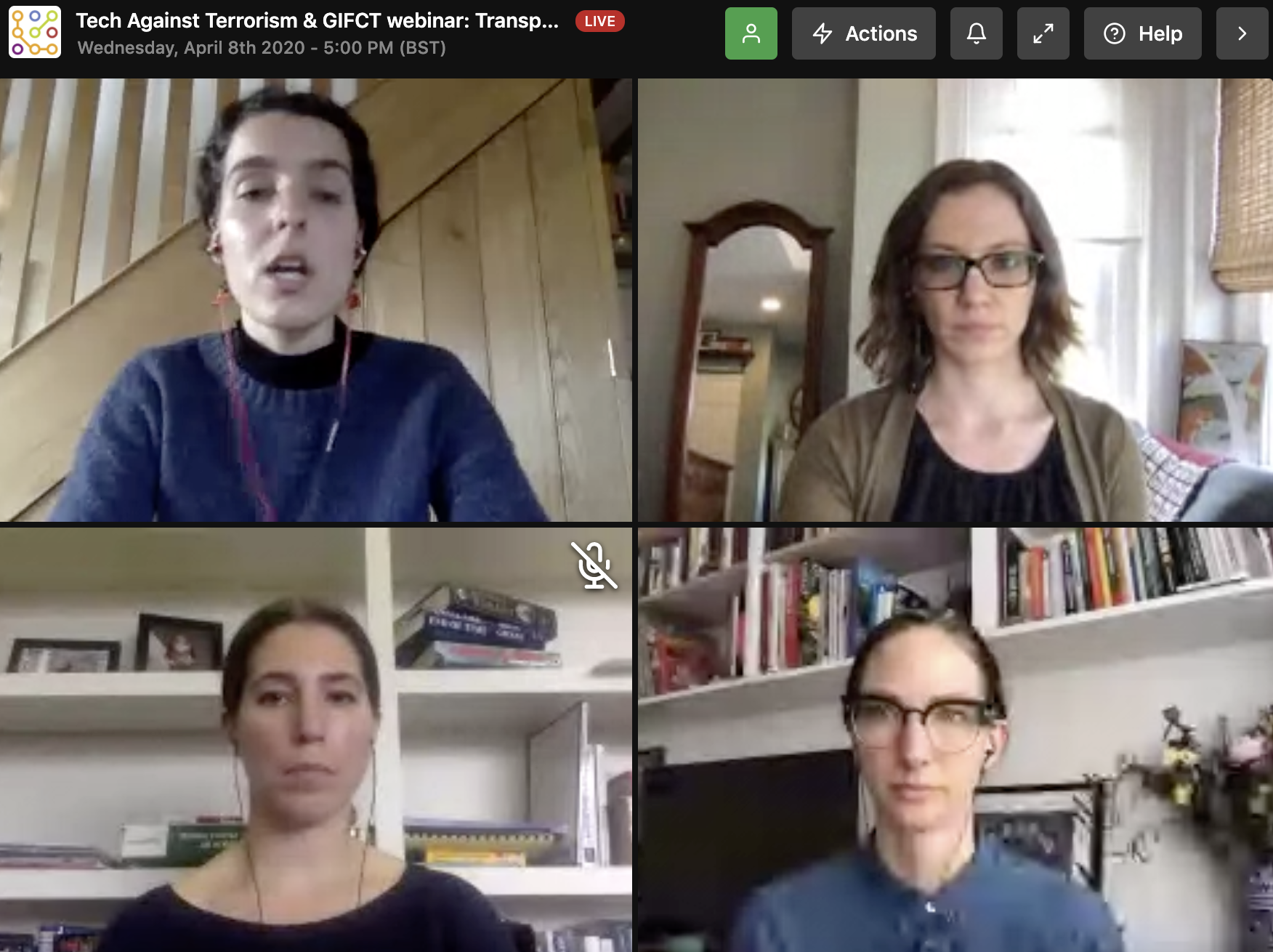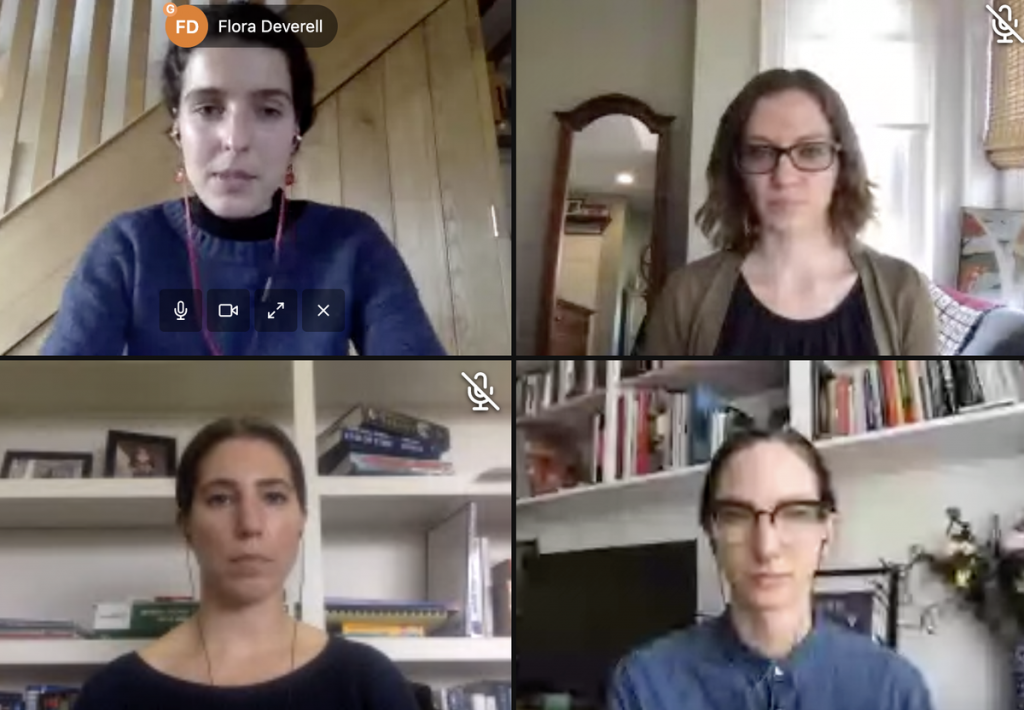1 min read
Transparency reporting for smaller platforms
Tech Against Terrorism Transparency reporting for smaller platforms Transparency reporting is an important way for the tech sector to...
3 min read
Claudia Wagner Jun 27, 2017 11:46:45 AM
In late June, the Tech Against Terrorism team was in Swansea, Wales, to attend the 2017 Terrorism and Social Media Conference (TASM). The event was organised by Professor Stuart Macdonald, and his team at Swansea University. Experts from academia, industry, government, and the research community all converged on Swansea, to hear research presentations and to share ideas around the interplay of terrorism and social media.
Inevitably, given the importance of this interplay in the current public consciousness, most (but by no means all) presentations addressed online aspects of jihadi terrorism, from counter-narratives to the latest research on online language analysis. One presentation focused on the shifting fortunes of ISIS online, from its conception on the “unregulated arena” of Twitter in 2012, to a far more regulated online environment in 2017, in part due to “relentless” takedown efforts and an increased awareness of the threat posed.
Another speaker noted that the costs for most pro-ISIS Twitter users “now largely outweigh the benefits” of the platform, where faster content evaluation and removal has made it increasingly more challenging for their ‘message’ to get out. However, the speaker also referred to analysis showing that non-ISIS jihadis were subject to far less disruption on Twitter. This, it was suggested, needs to be looked at, from right-wing terrorism to other active groups, whereby these online regulations must be uniform and not discriminate between certain groups. A need for better understanding of the effectiveness of different takedown approaches – by organisations themselves, through referrals from the public, and through referrals from internet activists working in a dedicated fashion – was also pointed to.
Another significant theme of the conference was the evaluation of the effectiveness (or ineffectiveness), of countering violent extremism (CVE) efforts. The genuine value of CVE efforts, including counter-narrative programmes, are particularly hard to quantify and often involve elements of ‘proving the negative’, i.e. that radicalised individuals only turned away from a particular course of action because of intervention.
One speaker addressed the ineffectiveness of ‘facts’ when fighting terrorist propaganda, where propaganda is not about the truth, but instead about generating feeling and sentiment. This, the speaker suggested, was the way to win hearts and minds. Rather than ‘hitting back with hard truths’, the speaker suggested that one can only challenge hearts and minds focussed content, with hearts and minds focused content.
Another speaker spoke of the “fetishisation” of CVE programmes – where individuals would consider such programmes as having value and importance far beyond their actual impact. In relation to intervention, this speaker argued that narratives only resonate when they find “fertile ground to take root”. As an example, ISIS narratives were noted as being so effective due to specifically answering a “need to belong”, allowing followers to think of themselves as heroes and warriors, escaping from their mundane home lives to live among a community of like-minded “outcasts”. Alternatively, CVE programmes were presented as usually little more than a “cheap” means to allow governments to be seen to be doing “something” by their citizens– a “catering to the bureaucratic, metric-driven goals of government public diplomacy.
TASM also featured a number of high-profile keynote speakers. Among these, Max Hill QC, the UK’s Independent Reviewer of Terrorism Legislation, noted that there already exists in Britain a wide range of laws that can be used to tackle online terrorist-related actions. Therefore, he saw further legislation that clamped down on social media companies, as is being tried in Germany (and recently hinted at in the UK and France) as being surplus to requirements. Sir John Scarlett, Chief of the SIS from 2004-2009, spoke about his experience in counter-terrorism, and how past lessons could be applied to the current challenges of the global jihadi network.
Other keynotes included Dr Erin Saltman of Facebook, who spoke in detail of the actions that Facebook is taking with regards to online extremism, including an industry hash-sharing database set up in late 2016. Further, Maura Conway, of Dublin City University, argued for a widening of academic research beyond its current focus on ISIS and Twitter, to focus on other groups and other platforms. Finally, Philip Bobbitt, the American author and political scientist, presented an interesting thesis, arguing that for the past five centuries, only states could threaten states. While this currently still holds, soon non-state actors and/or terrorists will be able to threaten states, not least thanks to globalisation and the amplifying effect of the internet.
Tech Against Terrorism also presented at TASM on our initiative, highlighting the need for uniform frameworks and practical tools, among technological companies both small and big, to assist in combating online extremism without compromising on important rights and freedoms. We would like to thank Professor Macdonald and all the organisers for accommodating us in the programme, for the hospitality shown by Swansea University, and to all the speakers who shared their latest research with us all.
1 min read
Tech Against Terrorism Transparency reporting for smaller platforms Transparency reporting is an important way for the tech sector to...

On 8 April Tech Against Terrorism organised a webinar together with the GIFCT aimed at sharing best practice with smaller tech platforms on...

Headline news With the Global Internet Forum to Counter Terrorism (GIFCT) formalising its work as an independent organisation this year, we are...